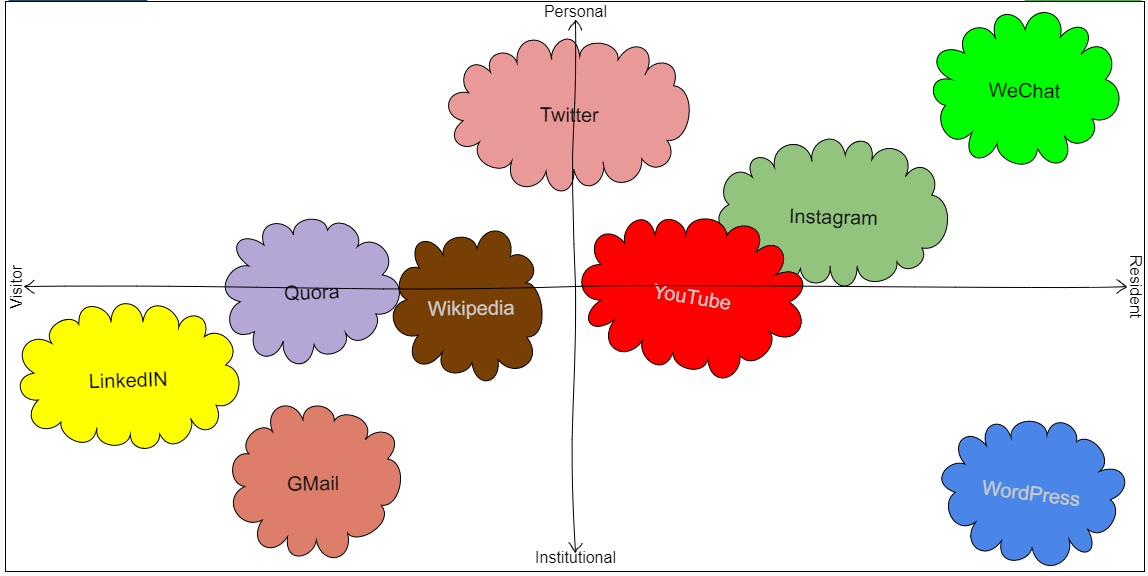One of the perks of being a Digital Learner in the 21st Century is the freedom to think of ways to get information, to try different strategies that can make your learning meaningful, and to explore technology for the sake of learning. One way of utilizing today’s technology for sake of learning is through Personal Learning Network also known as PLN. Creating and maintaining PLNs is not an easy thing to do. This is because aside from its benefits, using PLN has its corresponding risks to. For instance, since any random person can join a PLN, that person may spread false information and since the information has been handed down from one person to another, it would be hard to track where the false information originated. Also, if ever the moderators or administrators of PLN were able to identify the source of information, knowing the real identity of the user would be challenging. Given these risks, I would say that I am satisfied that I found myself enrolled in EDCI 338 class because it honed my critical thinking and interpersonal skills –skills which could be beneficial for my professional practice.
Managing my PLN taught me to improve my critical thinking skills because before believing in a certain information posted or shared in my PLN, I first make it sure to check the credibility of the information posted or shared and check the reliability of the source of the information. Unreliable information is comparable to the negative posts discussed by Erik Qualman in “Empower Others.” Just like negative posts, unreliable information “are just a small part of an overall story.” For this reason, learners do not have to be afraid of unreliable information online when using their PLNs. Checking the credibility and reliability of sources is a manifestation of one’s critical thinking skills. Critical thinking skills is not only important when it comes to looking for information but it can also be deemed necessary when someone shares an information. In sharing information via PLN, it is not enough that learners just “parrot” everything that they have read from the book or learned from their teachers.
In addition to improving my critical thinking skills, using PLN also taught me how to deal with different people. My PLN is composed of different members with different personalities, beliefs, perspectives, opinions, and cultural backgrounds. For this reason, even if we are not seeing each other face to face, disagreements still happen. Despite the problems that could arise, establishing partnership with different people in one’s PLN would still be the best option. For instance, Magic Johnson surrounded himself with good basketball players in the court so he could win (Qualman). The same thing is true for PLN learners, they need to surround themselves with interested learners in order to have a meaningful learning experience. To avoid conflicts, PLN users need to interact with each other effectively. If PLN members are debating on a certain issue, they should still be respectful of one another’s point of view.
To sum it all up, I would say that the critical thinking and interpersonal skills I learned from EDCI 338 are skills that I could further explore and hone in my professional practice. As an economist, it is really necessary for me to double check the reliability of information or else my data analysis would be senseless. Relying my analysis on faulty data would be a waste of time and effort. Also, as an economist, I need to work with different people including the bosses as well as the clients. In working with them, I should know how to genuinely express my interest with them so we could work at ease.
Work Cited
Qualman, Erik. “Chapter 16: Empower Others.” Digital Leader: 5 Simple Keys to Success and Influence, McGraw Hill Professional, 2012.
